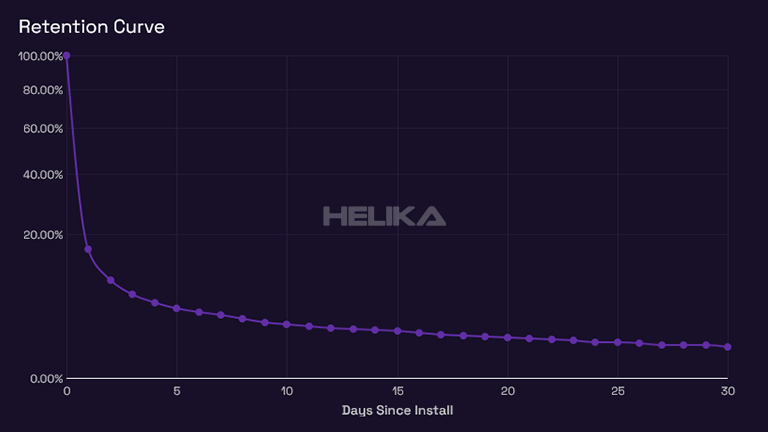Savor the Flavors: Bombay Beijing Fine Foods
Exploring the fusion of Indian and Chinese cuisines with delicious recipes and culinary tips.
Winning Odds: Why Predictive Analytics is the New Game Changer
Unlock the secrets of success! Discover how predictive analytics is reshaping the game and giving you the winning odds.
How Predictive Analytics is Redefining Success in Competitive Industries
Predictive analytics is transforming the landscape of competitive industries by empowering businesses to make informed decisions based on data-driven insights. By harnessing the power of advanced algorithms and machine learning, organizations can anticipate market trends, understand consumer behavior, and optimize their operations. This innovative approach not only helps in identifying potential risks and opportunities but also enables companies to tailor their strategies to align with evolving customer preferences. As a result, businesses that integrate predictive analytics into their decision-making processes often achieve a significant competitive edge, driving growth and improving overall performance.
Moreover, the application of predictive analytics extends beyond mere forecasting; it actively reshapes how businesses define and measure success. For instance, companies are now utilizing predictive models to analyze customer lifetime value, refine product offerings, and enhance marketing strategies. This evolution in business intelligence not only leads to better resource allocation but also fosters innovation by uncovering new avenues for expansion. Ultimately, as industries become increasingly competitive, those that effectively leverage predictive analytics will be better positioned to thrive, adapt, and succeed in a dynamic market environment.

Counter-Strike is a team-based first-person shooter game that has become a staple in the gaming community. Players engage in intense matches where teams of terrorists and counter-terrorists compete to complete objectives. For those looking to get an edge in their gameplay, using a duel promo code can be beneficial.
The Power of Data: Understanding Predictive Analytics and Its Impact on Decision Making
Predictive analytics harnesses the power of data to forecast future trends and behaviors, enabling businesses to make informed decisions. By analyzing historical data and identifying patterns, organizations can anticipate customer needs, optimize operations, and enhance efficiency. For instance, retailers can use predictive analytics to determine which products are likely to be in demand during specific seasons, allowing them to manage inventory effectively. This approach not only reduces waste but also ensures that businesses stay ahead of their competition by meeting customer needs promptly.
Moreover, the impact of predictive analytics on decision-making extends beyond inventory management. Organizations across various sectors, including finance and healthcare, leverage data analytics to drive strategic initiatives. In healthcare, for example, predictive models can assist in early diagnosis and improved patient outcomes by identifying at-risk individuals. Similarly, in finance, predictive analytics helps institutions mitigate risks by forecasting market trends and consumer behaviors, ultimately leading to more profitable decisions. The ability to leverage data effectively is not just an advantage; it is increasingly becoming a necessity for organizations looking to thrive in today's data-driven landscape.
Can Predictive Analytics Give You the Winning Edge? Exploring Real-World Applications
In today’s data-driven world, predictive analytics emerges as a transformative tool that empowers businesses to forecast future trends and behaviors. By harnessing the power of statistical algorithms and machine learning techniques, companies can analyze historical data to identify patterns and make informed decisions. Industries such as healthcare, finance, and retail are seeing significant benefits. For instance, healthcare providers utilize predictive models to anticipate patient admissions, while retailers optimize inventory levels based on predicted buying behaviors. The ability to foresee outcomes can provide a winning edge, turning data into actionable insights that drive competitiveness and innovation.
Real-world applications of predictive analytics are vast and varied. In the realm of marketing, businesses can tailor their campaigns by analyzing consumer behavior data. According to a report, companies that leverage predictive analytics for marketing see a 20% increase in return on investment. Moreover, in finance, institutions employ advanced algorithms to detect fraudulent transactions before they occur, significantly reducing potential losses. As more organizations recognize the value of predictive insights, the question remains: can you afford not to integrate predictive analytics into your strategic planning?